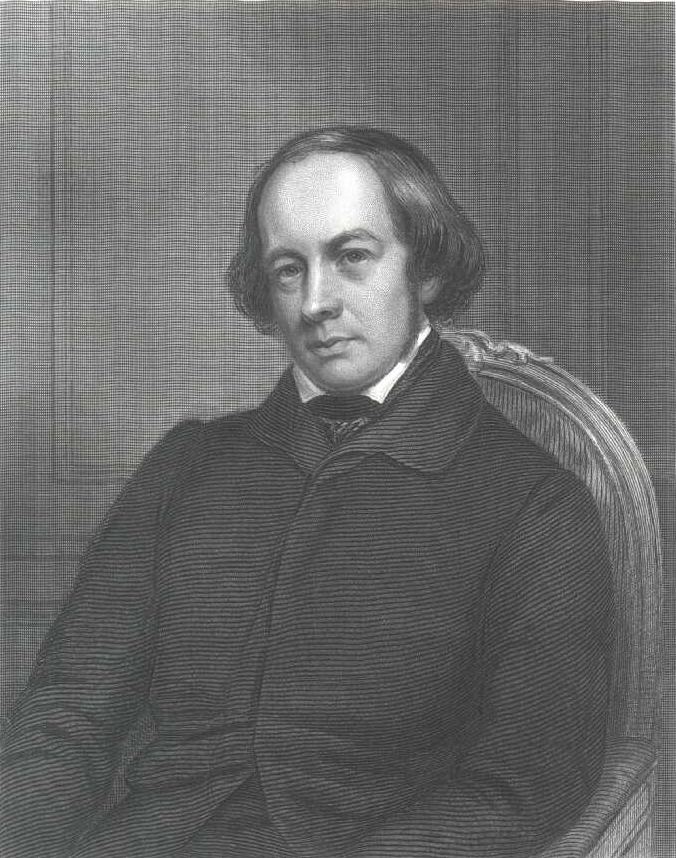Nationality Irish | Name Robert Kane Children Henry Coey Kane Role Chemist | |
 | ||
Books The Industrial Resources of Ireland | ||
Education Trinity College, Dublin Notable awards Royal Medal (1841) | ||
Sir Robert John Kane, (24 September 1809 – 16 February 1890) was an Irish chemist and educator.
Contents
- Robert kane pappas aging breakthroughs financial factors pt 1
- Early life
- Chemistry
- Potato famine
- Educational work
- Family
- References
Robert kane pappas aging breakthroughs financial factors pt 1
Early life
Kane was born at 48 Henry Street, Dublin on 24 September 1809 to John and Eleanor Kean (née Troy). His father was involved in the Irish Rebellion of 1798 and fled for a time to France where he studied chemistry. Back in Dublin Kean (now Kane) founded the Kane Company and manufactured sulphuric acid.
The young Kane studied chemistry at his father's factory, and attended lectures at the Royal Dublin Society as a teenager. He published his first paper in 1828, Observations on the existence of chlorine in the native peroxide of manganese, in the London Quarterly Journal of Science, Literature and Art. The following year, his description of the natural arsenide of manganese resulted in the compound being named Kaneite in his honour. He studied medicine at Trinity College, Dublin, graduating in 1834 whilst working in the Meath Hospital. He was appointed Professor of Chemistry at the Apothecaries' Hall, Dublin in 1831, which earned him the moniker of the "boy professor". In the following year he participated in the founding of the Dublin Journal of Medical Science.
Chemistry
On the strength of his book Elements of Practical Pharmacy he was elected to the Royal Irish Academy in 1832. He studied acids, showed that hydrogen was electropositive, and proposed the existence of the ethyl radical. In 1836 he travelled to Gießen in Germany to study organic chemistry with Justus von Liebig. In 1843 he was awarded the Royal Irish Academy's Cunningham Medal for his work on the nature and constitution of compounds of Ammonia.
He published a three-volume Elements of Chemistry in 1841–1844, and a detailed report on the Industrial Resources of Ireland. This included the first assessment of the water power potential of the River Shannon, which was not realised until the 1920s at Ardnacrusha.
Potato famine
He became a political adviser on scientific and industrial matters. He served on several commissions to enquire into the Great Irish Famine, along with Professors Lindley and Taylor, all more or less ineffective. His political and administrative work meant that his contribution to chemistry ceased after about 1844.
Educational work
His work on Irish industry led to his being appointed director of the Museum of Irish Industry in Dublin in 1845. The Museum was a successor to the Museum of Economic Geology, and was housed at 51 St Stephen's Green.
Also in 1845 he became the first President of Queen's College, Cork (now University College Cork). The science building on the campus of this college is named in honour of Kane. He was knighted in 1846. In 1873 Kane took up the post of National Commissioner for Education. He was elected president of the Royal Irish Academy in 1877, holding the role until 1882. In 1880 he was appointed the first chancellor of the newly created Royal University of Ireland.
Family
Kane married Katherine Sophia Baily on 23 August 1838, with whom he had seven surviving children. Kane's eldest son Robert Romney Kane was known as a barrister. The second son, Henry Coey Kane, became an admiral in the Royal Navy.
